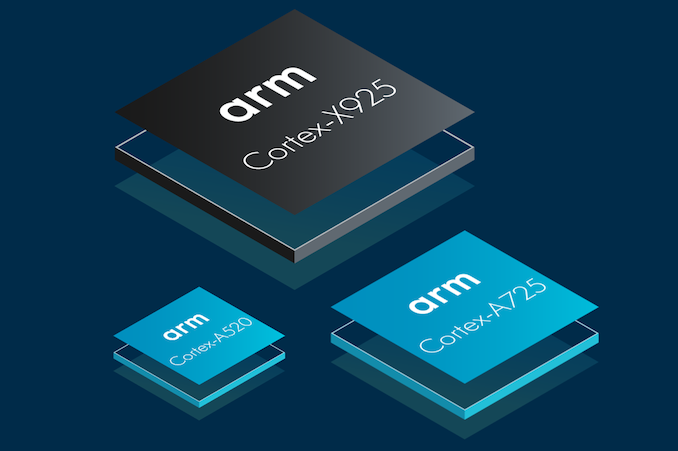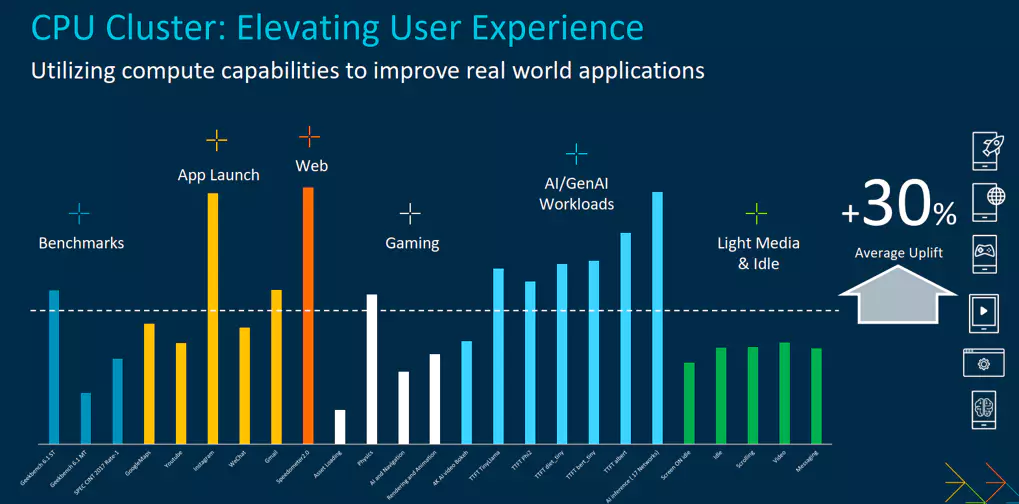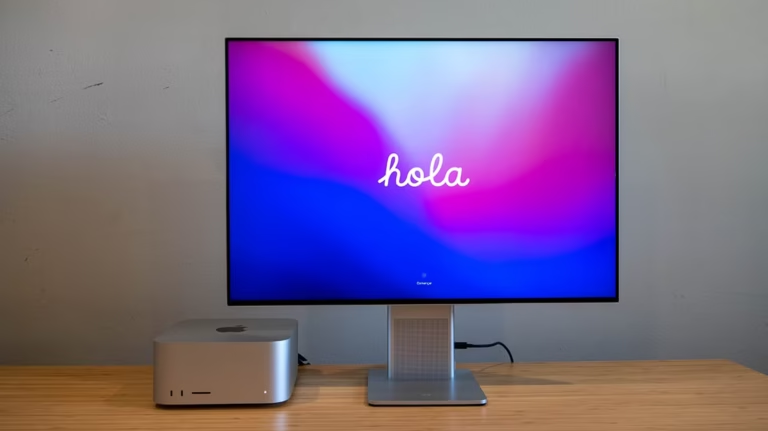Arm Cortex Naming Changes 2025: Arm Simplifies the Naming of Its Widely Used CPU Cores
Why Arm Renamed Its CPU Core Names
Arm’s “Cortex” CPU core brand has been a fixture on the technology scene for years, powering smartphones and servers alike. However, with the arrival of arm cortex naming changes 2025, Arm is trying to get over the confusion that arose when its processor designs went far and wide. As the naming convention grew heavier to bear for users, developers, and makers, the names Cortex-A, Cortex-X, and Cortex-M began to overlap across product lines, rendering it even more challenging to ascertain the best core to employ for a given purpose. Acknowledging this as a problem, Arm has chosen to reform its naming plan, taking cognizance of individual market needs.markets.

Overview of New Naming Structure
With arm cortex naming changes 2025, Arm’s new naming framework brings clarity to its product families in real time by casting each CPU core family into a particular application space. The firm is introducing unique brand names for each top-level category: “Niva” for PCs, “Lumex” for mobiles, “Zena” for automotive systems, and “Orbis” for Internet of Things and microcontrollers. The “Neoverse” brand, already widely recognized in data center and infrastructure markets, will remain unchanged. This enables customers to more quickly recognize at a glance the proposed application case for every CPU core, eliminating the uncertainty heretofore associated with the generic Cortex branding.
Performance Tier Naming Simplified
Among the aspects of arm cortex naming changes 2025 is the inclusion of performance tier suffixes in all the core names. These suffixes-Ultra, Premium, Pro, Nano, and Pico-define the relative capability and performance of each CPU core in its application space. For example, a “Lumex Ultra” would denote the highest mobile CPU, whereas an “Orbis Pico” would be an extremely low-power, high-efficiency microcontroller core. This tiered naming helps manufacturers and developers directly identify which cores are optimally used in flagships, volume products, or ultra-low-power use, which accelerates the process.
Conclusion of Cortex Branding
In addition to the arm cortex naming changes 2025, Arm is phasing out its existing Cortex branding for new CPU cores. Existing Cortex-named cores will continue to be supported, but new ones will adopt the new names. A curious observation to note here is that the Mali brand, on which Arm relies for its graphics processing units (GPUs), will not be modified in the interim. This is a significant brand strategy change for Arm, reflecting a trend of increased openness and simplicity in its products.
Impact on Industry Stakeholders
The arm cortex naming changes 2025 will have a positive impact on all industry players in the technology industry. For OEMs, the more descriptive naming convention enables them to select products easily and communicate performance and application focus to customers. Developers gain more insight into which CPU cores are optimized for their intended platforms, lowering the chance of incompatible software and hardware. End-users, on their part, are more likely to make smart purchasing decisions because the new names immediately convey to them the target application and performance level of the processor in a device.

Examples of New Naming in Action
To make the effect of arm cortex naming changes 2025 concrete, consider two thought experiments. A future smartphone would come with a “Lumex Ultra Gen 1” CPU that leaves no ambiguity it’s a flagship mobile CPU of the first generation in the new naming scheme. Similarly, a future laptop might be based on a “Niva Pro Gen 2” core, thereby becoming a performance-focused PC CPU. For IoT devices, names like “Orbis Nano” or “Orbis Pico” would at once convey their focus on being efficiency-focused and low-power consumption. This new way simplifies it a great deal to compare and contrast Arm cores across different product lines.
Future Challenges and Outlook
Though arm cortex naming changes 2025 will formally streamline Arm’s product set, the transitional phase may be unsettling as the marketplace catches up. Manufacturers and developers accustomed to Cortex branding will need a little time to adjust to the new brands and understand what they represent. But as the new names gain more popularity, their benefits of increased simplicity and reduced confusion will likely far outweigh these initial challenges. Over the long term, Arm’s new branding could result in more focused innovation, specifically in the PC and automotive spaces, where specialized CPU core families can drive more targeted development and competition.







